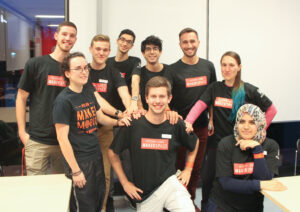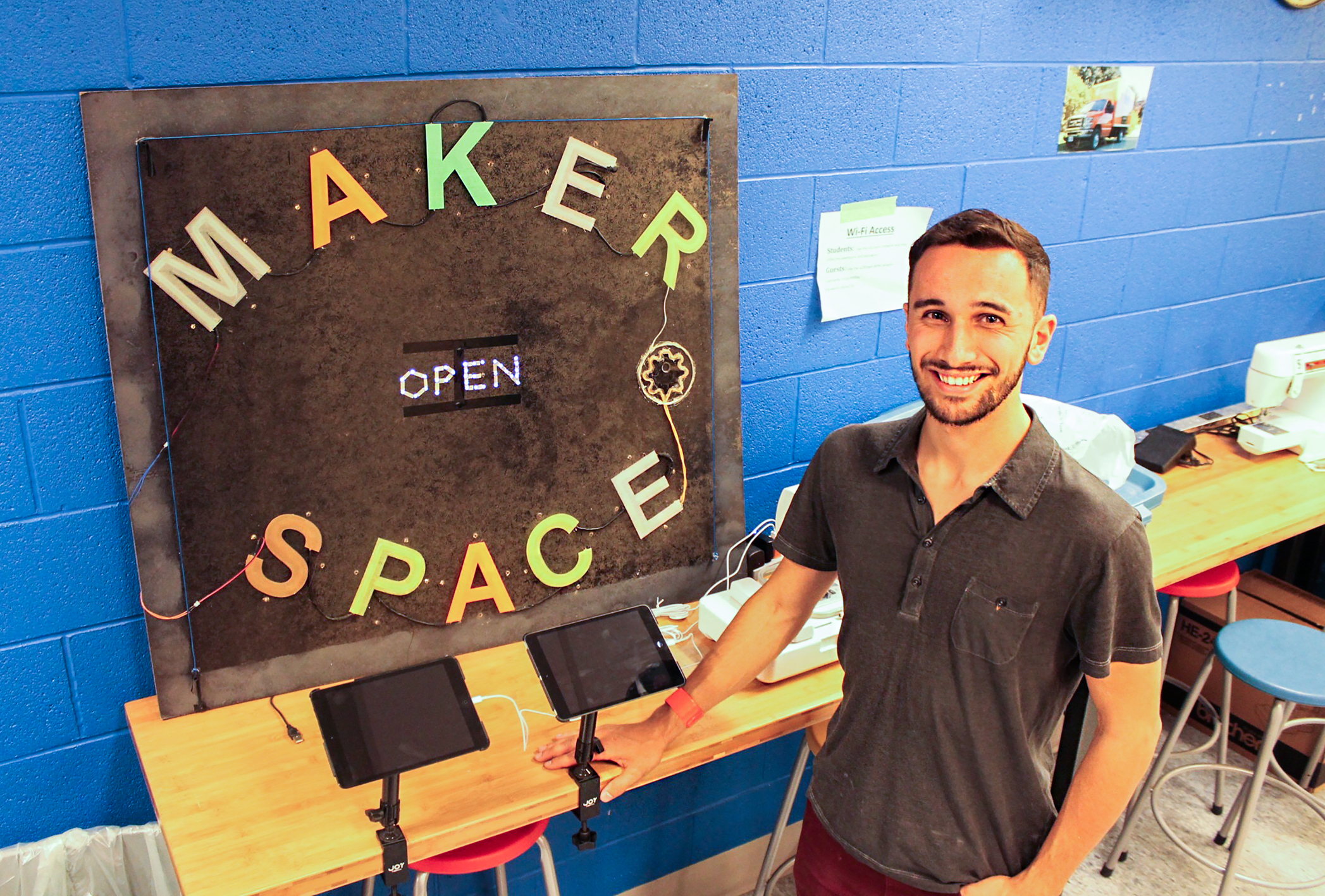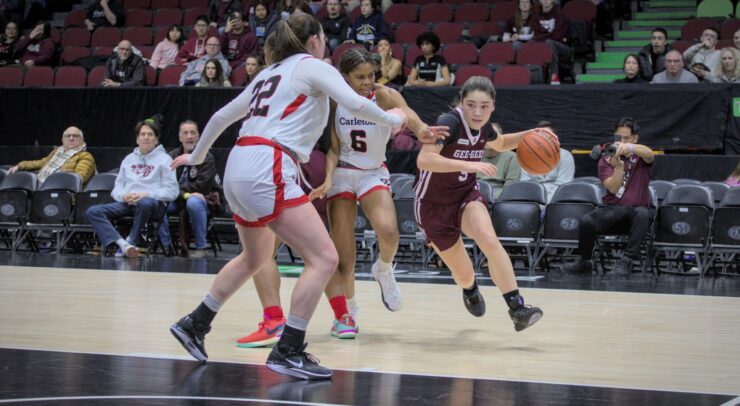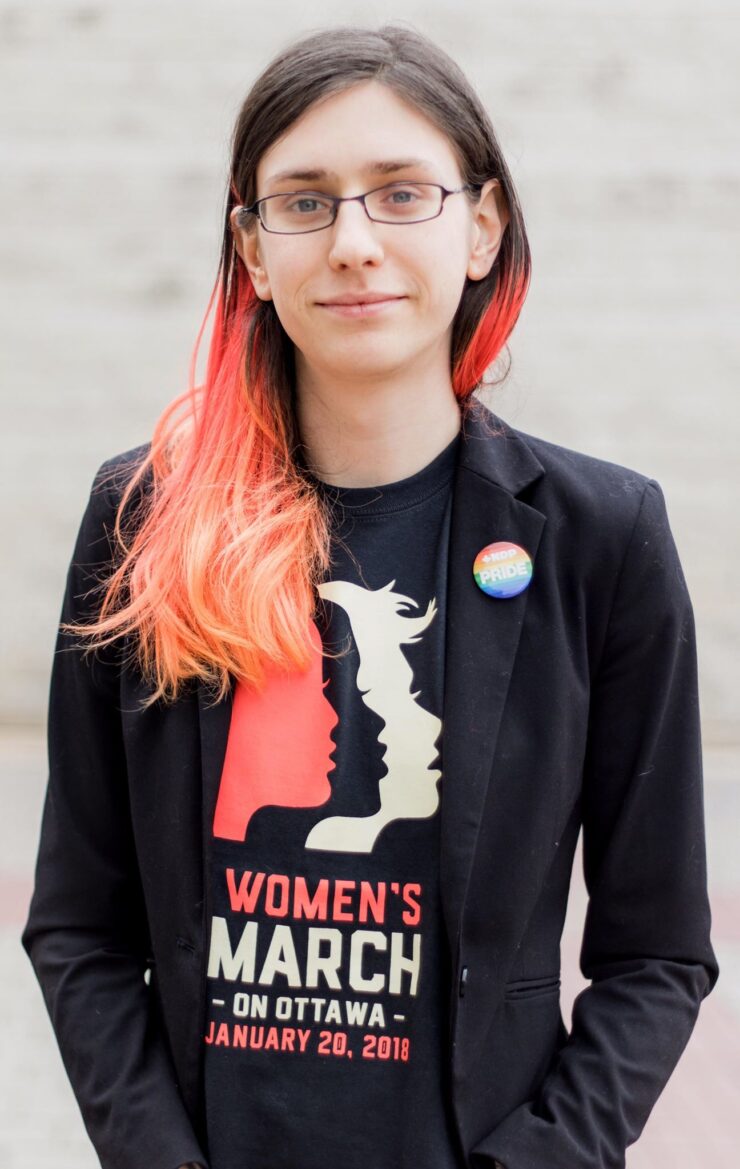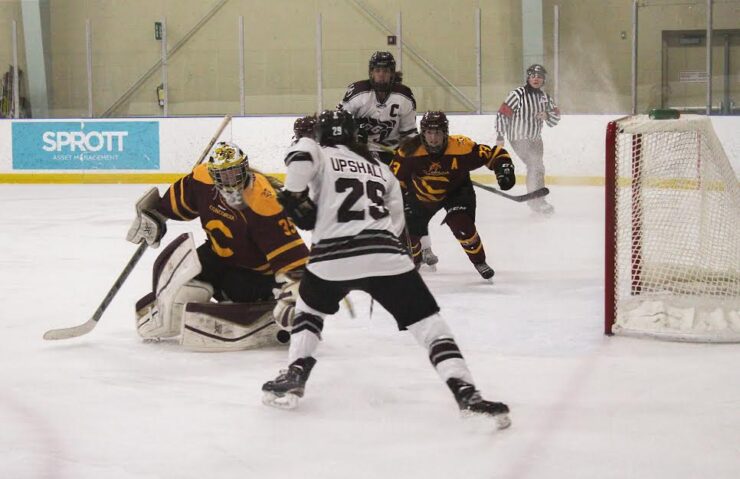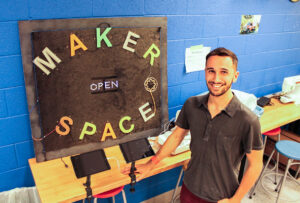
University of Ottawa is at the forefront of the maker culture, but will this movement improve education?
As I enter the University of Ottawa’s makerspace lab via a bright red door in Colonel By, I can tell that I’m in the right place.
Upon entry I see a room filled with 3D printers, and another with printed objects that look like a Yoshi egg, Pokémon characters, and colourful robot arms. In front of me there is a gigantic laser cutter and to my left there are sewing machines. To my right there’s a couple large, cafeteria-style tables and then behind them are larger printers and virtual reality tech toys. In other words, it was like I had just stepped foot inside of a giant Toys “R” Us, but one meant for young adults instead of kids.
Dr. Hanan Anis, associate professor in the U of O’s Faculty of Engineering, began her journey to create this student-run tech playground two and a half years ago.
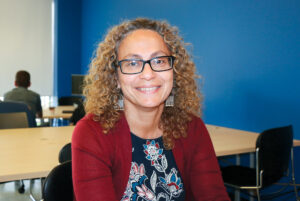
After studying up on other makerspaces across North America, she sought to create an environment similar to the one found at the Georgia Institute of Technology, something that leans heavily on student-run collaboration and new technology being at the forefront.
“It was fully run by students and it was very clear that this is what gave it its culture. I always say that and some people don’t understand. The beauty of this makerspace is not the 3D printers, the beauty of the makerspace is the culture.”
“It’s the fact that we have a makers club that has seventy people in there. You walk in there everybody is doing something and they’re excited about it. That culture that we have fostered, what makes it unique is not the bunch of printers—the technology will change, it’s the culture you want to foster.”
Anis began the makerspace with Frank Bouchard, who is now the U of O manager of outreach programs.
The Richard L’Abbé Makerspace eventually opened its doors in the fall of 2014, and is now available to students and members of the Ottawa community alike.
But what kinds of advantages does this kind of environment provide students, particularly in terms of educational value?
Technology and beyond
While cutting-edge technology is not necessarily needed in a makerspace, the U of O’s makerspace environment is in no short supply.
Not only does the Richard L’Abbé Makerspace come equipped with 3D printers, laser cutters, and virtual reality peripherals, but it also flaunts more modest devices like sewing machines that are used in conjunction with the software to integrate circuits into fabric.
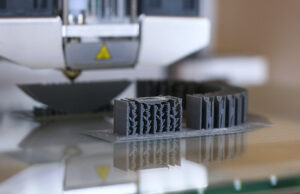
Thanks to the availability of this technology, what was once mostly math and theory in engineering courses is now subject to tangible representation.
According to Olivia Eddy, a fourth-year mechanical engineering student, her first two years in her university program suffered from a severe lack of practical application, since there were no projects being developed that could help put theory into practice.
Mohamed Galaleldin, mechanical engineer and U of O doctoral student who concurs said, “Before, engineering in school was all about theory and mathematics and sciences, and then you study about designing, but you are not actually designing, maybe in the last year.”
Now that this makerspace has been open to the public for the last two years, Eddy notes that students from various departments are able to share their ideas, collaborate, and most importantly see their designs come to life.
“It will definitely change our university atmosphere when it comes to projects. We’ve had teachers come to the door and they love the whole makerspace atmosphere, and how kids can learn from building a project,” said Eddy.
“You can talk about a project, but when you actually go and build it you run into all these other brick walls where you have to find solutions, and it’s actual real problem-solving skills.”
In terms of the current projects that they are working on, Eddy says that the U of O makerspace has been working with the Ottawa Civic Hospital to use 3D printers to produce ultrasounds, CT scans, and MRIs.
The U of O makerspace also hosted the Prosthetic Design Challenge, which was launched in 2014 to design a prosthetic hand for a six-year-old boy.
Interdisciplinary and entrepreneurial
The emerging maker culture isn’t limited to a single educational discipline either.
Unlike the majority of the students at the U of O makerspace, Brandon Renelli is not an engineering student. In fact, he’s a second-year education student in the Faculty of Education.
However, that didn’t stop him from leading a makerspace brainstorming session on Sept. 22, a workshop that gave students from different disciplines the floor to pitch whatever inventive ideas or projects popped into their heads.
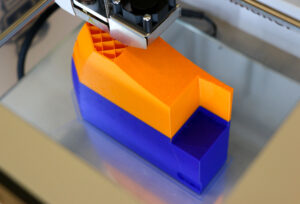
Renelli, for example, has been using the makerspace’s 3D printers in order to create masks and other props.
“I immediately think the drama faculty, how much we could help with people who want to get into prop making.”
In his experience as a pre-service teacher, Renelli observed that a makerspace also gives smaller kids a chance to create while building up their own self-confidence.
“It’s certainly giving them confidence in the tech. I worked with a bunch of kids from the time they can barely use a mouse on a computer to now (where) they are using that mouse on a computer to do stuff that their parents didn’t even think was possible.”
Abdullah Mostafa, a second-year engineering and computing technology student “wants to inspire more people to enter engineering” through his entrepreneurial venture.
As the owner of xTETRA, a company that promotes engineering to younger kids, Mostafa said his vision is to start working on mechanical engineering kits at first which contain a group of 3D printed parts that can be assembled.
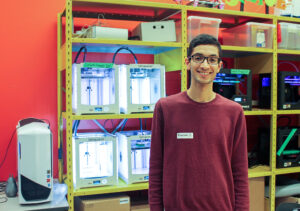
Galaleldin said that this kind of learning is “a tool to achieve disruptive innovation.”
By this he means that in order to create something new and innovative, you have to make one product obsolete to create a new need for a more advanced product. He sees the U of O makerspace as a great environment for this process to take its course.
Community and global outreach
Taking this tech outside of the U of O campus was also an important objective for Anis, which is why the Maker Mobile workshops were put into motion.
Described simply as a “makerspace on wheels,” the U of O started the Maker Mobile in order to connect to communities and schools, and teach people about the makerspace movement.
“We have had a huge success with our workshops,” said Justine Boudreau, a fourth-year mechanical engineering student.
“For parents and kids we do birthday parties and special demos outside. We’ve done Kidsfest, we’ve done Maker Faire, we’ve done Festival de Montgolfières, we were there a few weeks ago in Gatineau.”
The Maker Mobile was also asked to travel to four Aboriginal reserves in Manitoba in a response to the high suicide rates of these communities. Boudreau commented on how affected by this experience she was.
The Maker Mobile’s outreach programs even extend beyond national borders.
Since May 2016, the Maker Mobile has made the trip down to Donald Street apartment buildings every Monday to meet with Syrian refugees and organize workshops for parents and kids. Galaleldin said that some of these kids have never seen a computer.
Eddy talks about a group of students called Dextra that uses the U of O makerspace to design and print hand prosthetics. Dextra’s end goal is to travel to Lebanon through the Red Cross to give these 3D-printed prosthetics to amputees. They have gone over to meet with them this past August and will go over again this December.
“They will show people how to print these hands, how to assemble them, and to leave a printer there.”
Inspiring STEM programs
U of O runs a summer camp called Adventures in Engineering and Science for grade school-aged students. They promote science, technology, engineering, and mathematics (STEM) programs through their maker mobile outreach.
Boudreau organizes the after-school, eight-week program to promote engineering for girls. There are two programs, namely, Engineering for Social Change and Wearables.
Dr. Michelle Hagerman, associate professor in the Faculty of Education at U of O, has created Wearables with teachers combining circuits with clothing by using conductive thread with a LilyPad Arduino, a small circuit board designed for e-textiles and Wearables.
“We are using scientific principles to sew lights into a dress,” said Hagerman.
As Boudreau describes it, the objective here is to encourage girls to get involved in STEM programs.
“Hopefully by doing all of these workshops in classrooms we are able to motivate them to look into those avenues, especially the girls too and show them, ‘look I’m a girl I’m doing this, there’s nothing to be scared of.’”
“I know it’s a very stereotypical male environment and everything, but there are a lot of resources here to help you.”
Hagerman believes that because of the interdisciplinary nature of a makerspace, it can draw in a wide range of student interests, which may as a result encourage interest in STEM programs.
She provides an example of Rota Tibshirani and Patricia Fiorino who gave a workshop on Discovery Day at U of O last weekend, where they spoke about their successful experience in their kindergarten and grade 6 classes using simple coding technology in their maker culture teaching practice.
Hagerman is working with Megan Cotnam‑Kappel, a professor in the Faculty of Education at the U of O, to develop a grant proposal for the Canada Fund for Innovation in order to make a Faculty of Education makerspace called the Techno Studio.
She explains that this would be an “innovative space for teaching, and tinkering, and playing, and researching most importantly the impact of making as a mindset on teacher education and learning.”
Makerspace changing education
At first glance, the Richard L’Abbé makerspace could be described as being a few rooms with some impressive technology but more significant than the gadgets, the maker culture allows for creating and designing in a collaborative environment.
The makerspace promotes learning that is a “dynamic, kind of flexible process … through practice and iteration and revision,” says Hagerman.
In elementary schools or secondary schools, “having just the environment of being supportive and having an open mind for new projects is definitely an awesome start for makerspace,” says Boudreau.
Anis, Hagerman, and Boudreau all note that any formal educational setting is in need of someone who will encourage teachers and students alike to foster an environment for imagination, creativity, and innovation. This is how the maker movement will empower youth, challenge complacency, and improve education.
